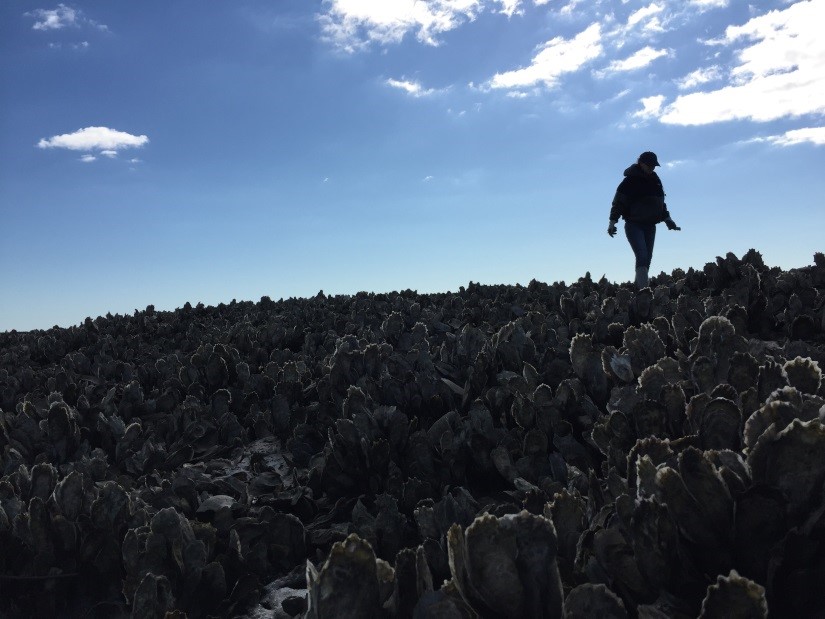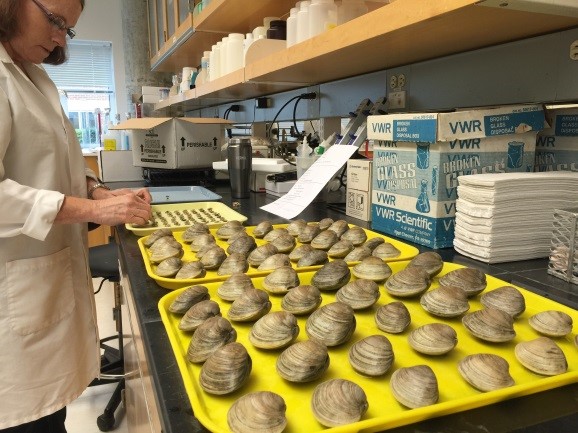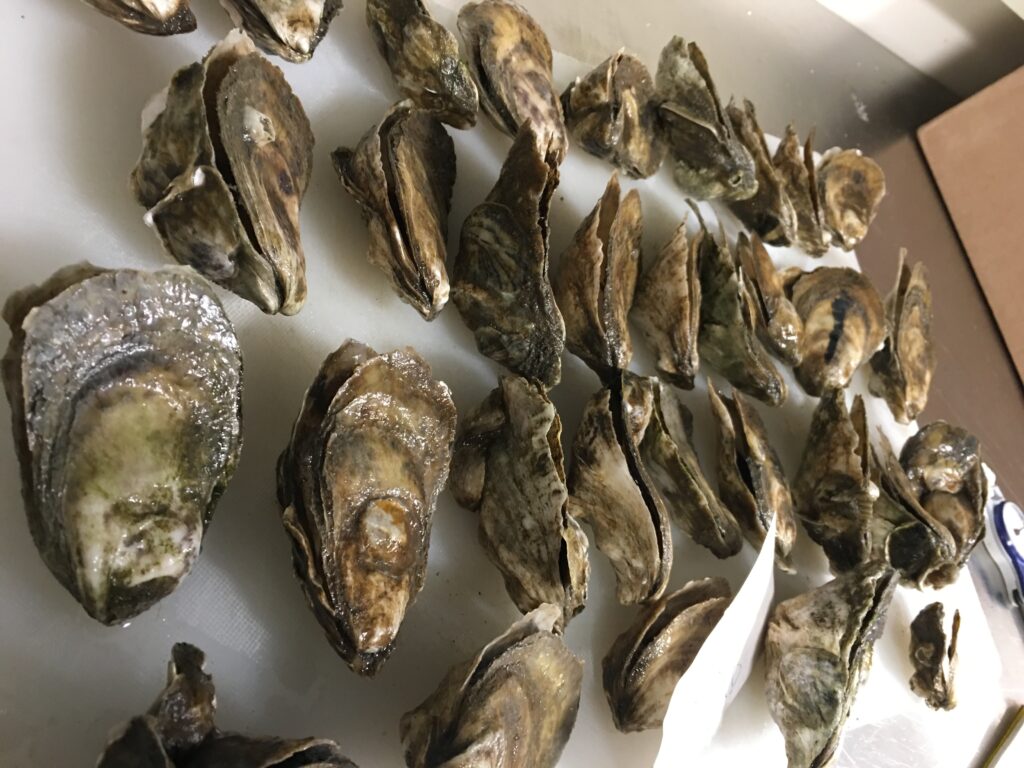




Farm biosecurity
SEED TRANSFER REGULATIONS
RSSBP is a voluntary tool in the toolbox of regulators. Atlantic coast regulators are actively using RSSBP as part of their evaluation of shellfish importation/transfer requests. State adoption of RSSBP is growing and concerted efforts are underway to communicate the utility of this tool.
FARM BIOSECURITY BEST MANAGEMENT PRACTICES
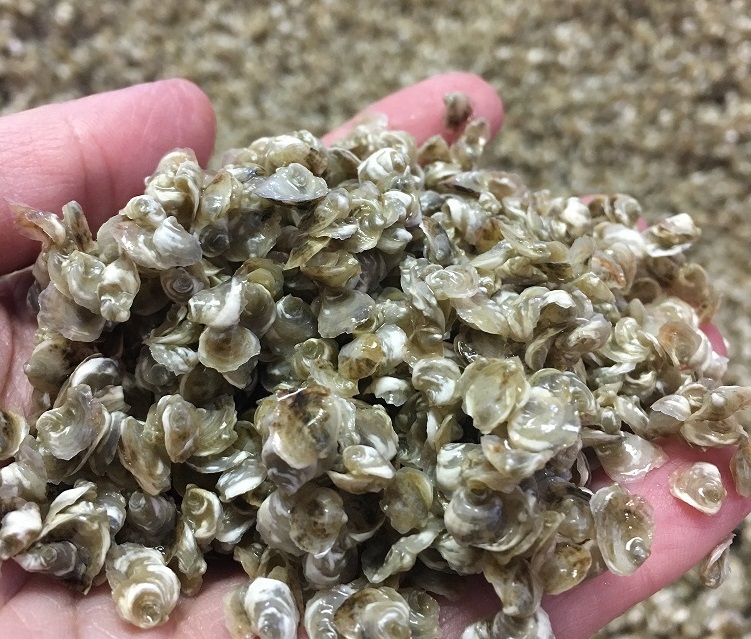
Seed is a potential pathway for disease transfer.
Make smart, biosecure choices when sourcing seed to prevent introduction of exotic diseases and prevent the spread of existing/endemic disease.
BEST PRACTICES
- Follow seed importation regulations
- Consider sourcing seed from an RSSBP-compliant hatchery
- Use the RSSBP Disease Data Map to educate yourself on transfer risk by comparing disease occurrences between two locations.
- Know the genetic background of seed – the ploidy (diploid or triploid) and the strain (DBY, NEH, etc)
- Use the best performing stocks for your area and keep stocks separate until you can gauge its performance.
- Share your experiences with the hatchery or seed supplier.
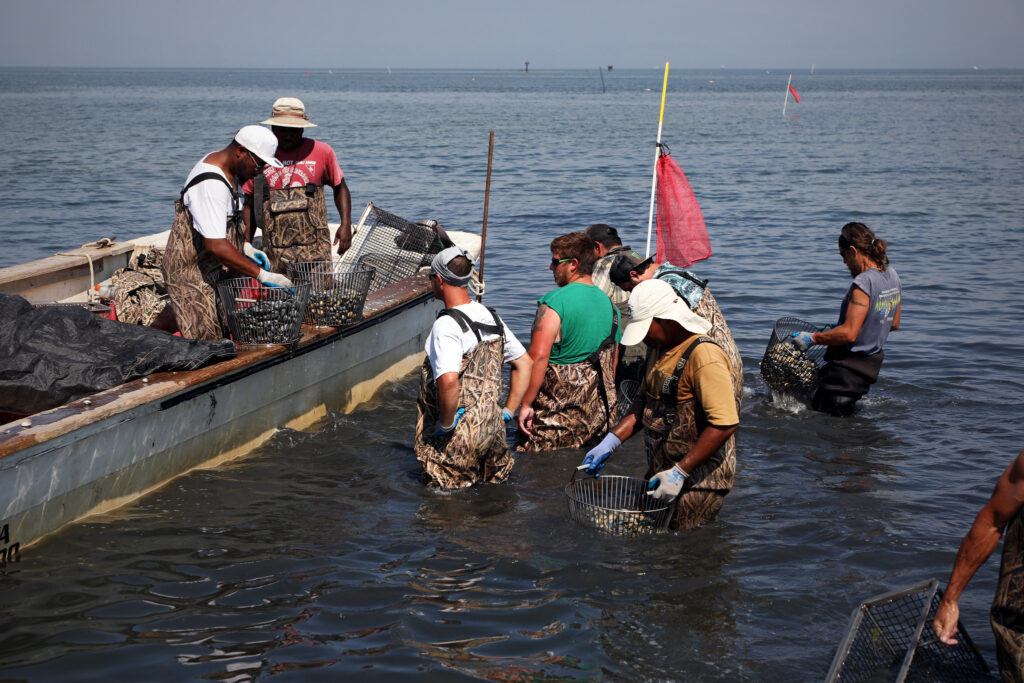
Implement practices that promote shellfish health. You can’t control the stress Mother Nature brings, but can limit other stressors which may exacerbate diseases or themselves cause disease and mortality.
BEST PRACTICES
- Don’t overcrowd – keep densities at a level that promotes optimal growth.
- Maintain good husbandry by keeping gear clean and be mindful of handling practices when temperatures are high and shellfish are already stressed.
- Keep records – of seed sources, planting dates, densities, maintenance, survival, and any unusual environmental conditions (rainfall, abnormal water conditions or color, etc)

Growers provide critical disease surveillance by monitoring shellfish health and getting animals tested if poor health or an unusual die-off event occurs.
BEST PRACTICES
- Know the endemic shellfish diseases in your location by using the RSSBP Disease Database Tool or by reaching out to your local Extension Agent.
- Routinely monitor shellfish health – survival, growth, meat condition
- Reach out if you notice poor shellfish health or have a significant die-off of unknown cause on the farm. While disease isn’t always to blame, it’s important to rule out.
MANAGEMENT STRATEGIES FOR ENDEMIC / KNOWN DISEASES
SELECTIVE BREEDING – fundamental to shellfish health management
- Selected oyster lines in wide regional use perform well with regard to MSX, dermo, SSO diseases.
- Clam lines in use by Virginia aquaculturists are long-adapted to QPX and resist that disease.
EARLY MARKETING – potential strategy for Dermo disease mgmt.
- Dermo is caused by Perkinsus marinus which is endemic to most of the Atlantic Coast.
- Dermo mortality risk increases with time, so marketing before exposure to the pathogen for a second full summer (i.e., at 1.5 yrs of age) is advantageous
GOOD HUSBANDRY – an active role for growers.
- Minimizing stress that might exacerbate parasitic disease is always important
- QPX attacks clams that are stressed, for example, by heavy fouling of nets with macroalgae
BIOSECURITY CONTROL OF SEED TRANSFERS
- Promote transfers from “safe” areas, and of smaller seed which is more likely to be free of pathogens
